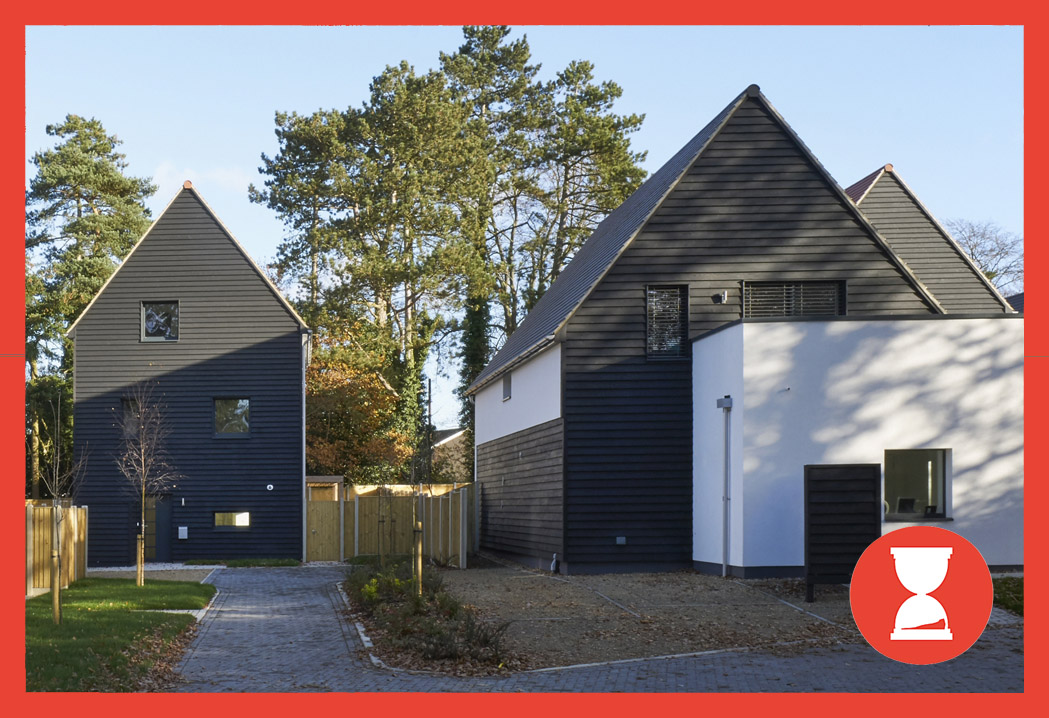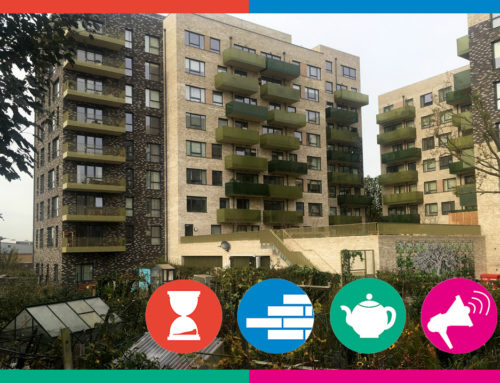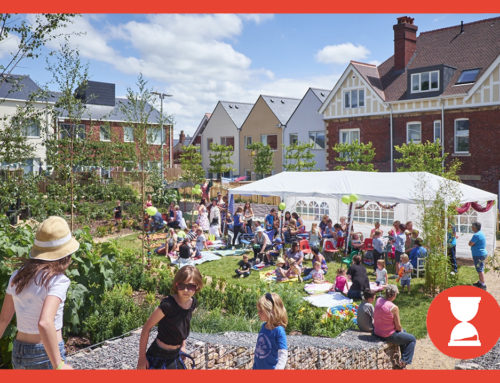About
Carrowbreck Meadow Passivhaus is a small environmentally sustainable scheme with 14 units within woodland in Norfolk and was completed in 2016. It is the largest Passivhaus scheme in Norfolk. The Passivhaus standard is internationally recognised as a leading low energy build standard. The scheme has created comfortable healthy homes that are affordable to run, eliminating fuel poverty.
The objective was to create an inclusive development through a highly environmentally sustainable scheme that has a mix of tenures that provides affordable housing for the local community that exceeds planning requirements. This development meets full Passivhaus certification, 43% of the homes on the development are affordable (shared equity) and the scheme is tenure blind.
Broadland Growth, a partnership between Broadland District Council and NPS Property Consultants, took the development forward. It was set up to generate income to support council services for Broadland District Council and “to raise the bar in providing sustainable homes in Norfolk”. (4) NPS is part of the Norse Group owned by Norfolk County Council.
Project details
Carrowbreck Meadow is on land owned by Broadland District Council. Property consultants, NPS, were instructed by Broadland Growth Limited to devise and deliver a housing development in the grounds of Carrowbreck House, Hellesdon. The project required the team to work closely with Broadland District Council (BDC) to create a well-designed development that links in with existing communities and protects the natural environment.
“The project had to be sensitively managed to overcome several planning challenges associated with trees, ground conditions, open space requirements, refuse/servicing, archaeology, highways and viability issues to ensure the scheme could be delivered within a very tight timescale and within the cost estimates.” (3)
The housing design is a contemporary take on a traditional local typology, the ‘Norfolk style’ that references local barn architecture and the houses have been carefully clustered so that that they are sensitively embedded into the surrounding woodland.






